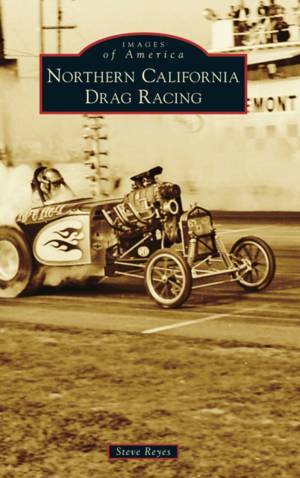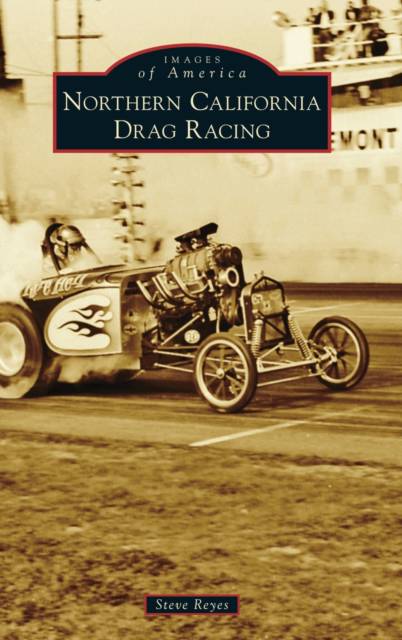
Je cadeautjes zeker op tijd in huis hebben voor de feestdagen? Kom langs in onze winkels en vind het perfecte geschenk!
- Afhalen na 1 uur in een winkel met voorraad
- Gratis thuislevering in België vanaf € 30
- Ruim aanbod met 7 miljoen producten
Je cadeautjes zeker op tijd in huis hebben voor de feestdagen? Kom langs in onze winkels en vind het perfecte geschenk!
- Afhalen na 1 uur in een winkel met voorraad
- Gratis thuislevering in België vanaf € 30
- Ruim aanbod met 7 miljoen producten
Zoeken
€ 36,45
+ 72 punten
Uitvoering
Omschrijving
Organized drag racing began in Northern California in 1949 thanks to World War II veterans with a need for speed. Towns like Redding, Lodi, Fresno, Bakersfield, and Fremont would host their own drag events featuring homebuilt jalopies. Anyone with a driver's license and a paid entry fee could participate, and as the cars got more sophisticated and faster, more and more spectators came to watch the local speed demons. By the 1960s, a metamorphosis began with the introduction of the slingshot-style dragsters. For the next 12 years, the slingshot dragster was the king of the quarter mile, and it made stars of Gary Ormsby, Frank Bradley, Dennis Baca, and James Warren. Meanwhile, in 1965, a funny new race car challenged The King as it gained popularity in Northern California. Leading this funny car charge was a Pennsylvania transplant named Russell James Liberman. However, the golden years of Northern California drag racing came to an end in the mid-1970s. Today, only 5 out of 17 drag strips are still open.
Specificaties
Betrokkenen
- Auteur(s):
- Uitgeverij:
Inhoud
- Aantal bladzijden:
- 130
- Taal:
- Engels
- Reeks:
Eigenschappen
- Productcode (EAN):
- 9781540251985
- Verschijningsdatum:
- 2/05/2022
- Uitvoering:
- Hardcover
- Formaat:
- Genaaid
- Afmetingen:
- 156 mm x 234 mm
- Gewicht:
- 362 g

Alleen bij Standaard Boekhandel
+ 72 punten op je klantenkaart van Standaard Boekhandel
Beoordelingen
We publiceren alleen reviews die voldoen aan de voorwaarden voor reviews. Bekijk onze voorwaarden voor reviews.









